The turn of the millennium brought with it storms that would forever alter American history and reshape our understanding of nature’s raw power. While the 21st century has witnessed countless hurricanes, only a select few have achieved legendary status through their sheer destructive force and lasting impact. These aren’t just weather events – they’re watersheds that tested the resilience of entire communities and changed how we prepare for future disasters. Get ready to discover which hurricanes earned their place among the most feared weather phenomena of our time.
Hurricane Katrina (2005) – The Costliest Natural Disaster in American History
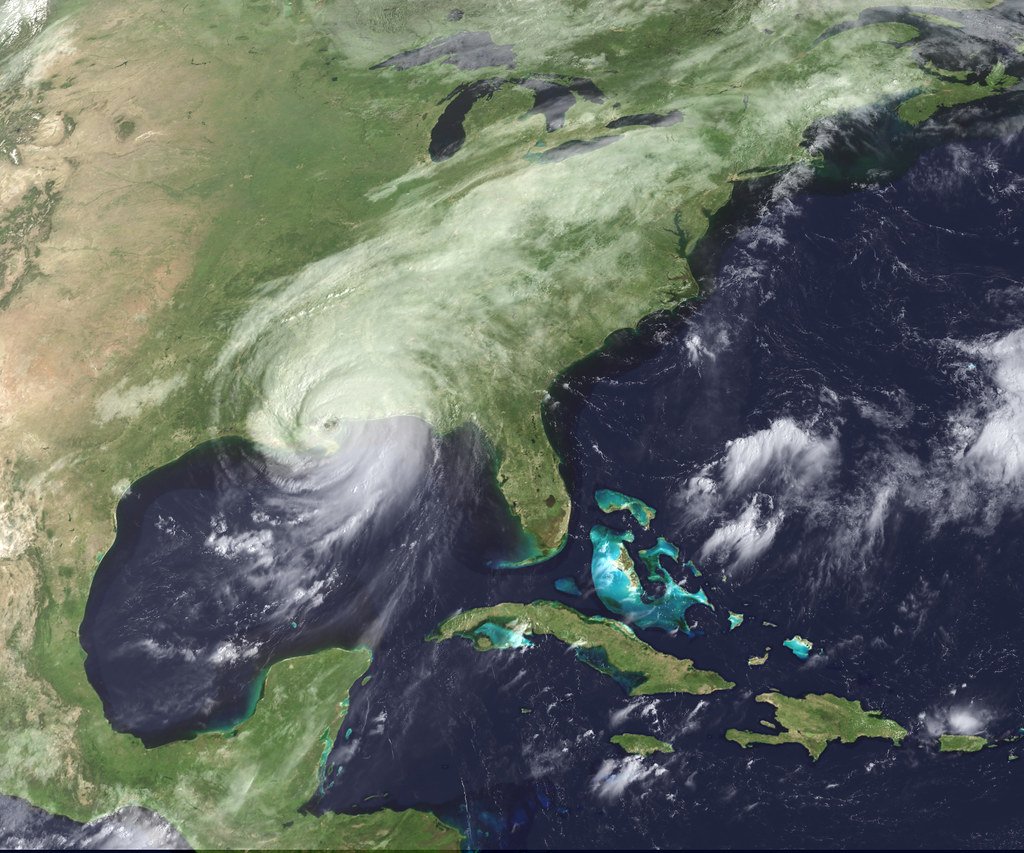
Hurricane Katrina was an extremely powerful and devastating tropical cyclone that killed over 1,800 people and caused damage estimated at $125 billion, particularly in and around the city of New Orleans, in late August 2005. It was also the fourth-most intense Atlantic hurricane to make landfall in the contiguous United States, as measured by barometric pressure.
Katrina made landfall in southeast Louisiana as a strong Category 3 hurricane. The central pressure at landfall was 920mb – ranking 3rd lowest on record for a US landfalling hurricane, behind Hurricane Camille in 1969 (900mb) and the Labor Day Hurricane that struck the Florida Keys in 1935 (892mb). Only a few hours later, Katrina had become one of the most powerful Atlantic storms on record, with winds topping 170 miles (273.6 km) per hour.
What made Katrina truly devastating wasn’t just its raw power, but the complete failure of New Orleans’ levee system. Studies conducted in the years since have concluded that failed levees accounted for the worst impacts and most of the deaths. Fifty of those levees failed during the storm, significantly flooding the low-lying city and causing much of the damage. At least 80% of New Orleans was under flood waters on August 31st.
Hurricane Maria (2017) – Puerto Rico’s Nightmare
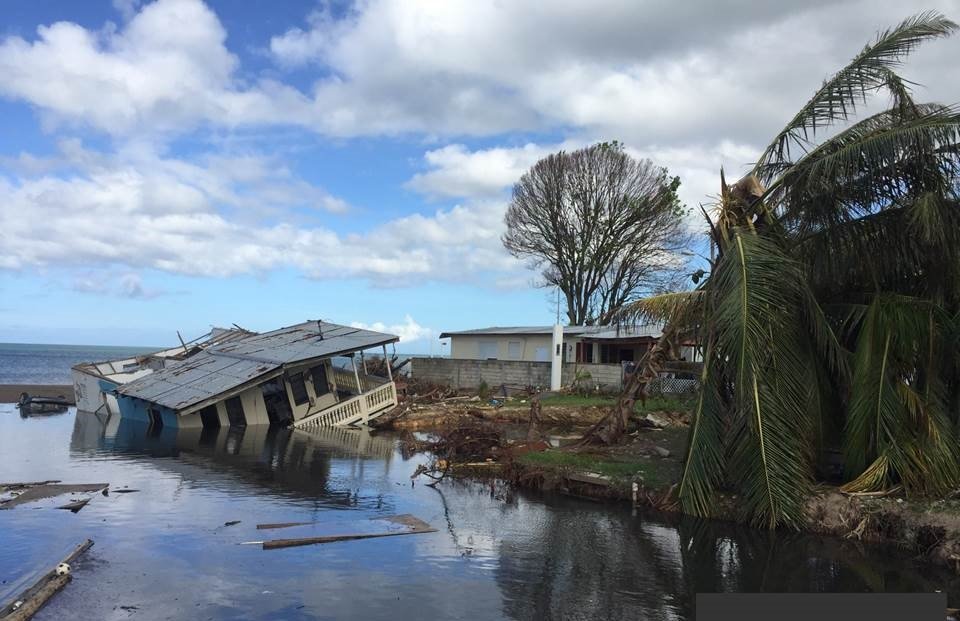
The total death toll is 3,059: an estimated 2,975 in Puerto Rico, 65 in Dominica, 5 in the Dominican Republic, 4 in Guadeloupe, 4 in the contiguous United States, 3 in the United States Virgin Islands, and 3 in Haiti. Maria was the deadliest hurricane in Dominica since the 1834 Padre Ruíz hurricane and the deadliest in Puerto Rico since the 1899 San Ciriaco hurricane. This makes it the deadliest named Atlantic hurricane of the 21st century to date.
Maria was the strongest hurricane to make landfall in Puerto Rico in nearly 100 years. Maximum sustained winds were just 2 miles per hour shy of Category 5 strength. The hurricane’s impact went beyond wind damage – it created one of the longest power outages in modern history. The storm caused the worst electrical blackout in US history, which persisted for several months.
The combination of destructive winds and heavy rainfall caused the entire island to lose power, with some residents without electricity for nearly a year. This wasn’t just an inconvenience – it was a matter of life and death for thousands who depended on electricity for medical equipment and basic necessities. The hurricane revealed the vulnerability of island infrastructure in ways that mainland storms rarely demonstrate.
Hurricane Michael (2018) – The Florida Panhandle Devastator
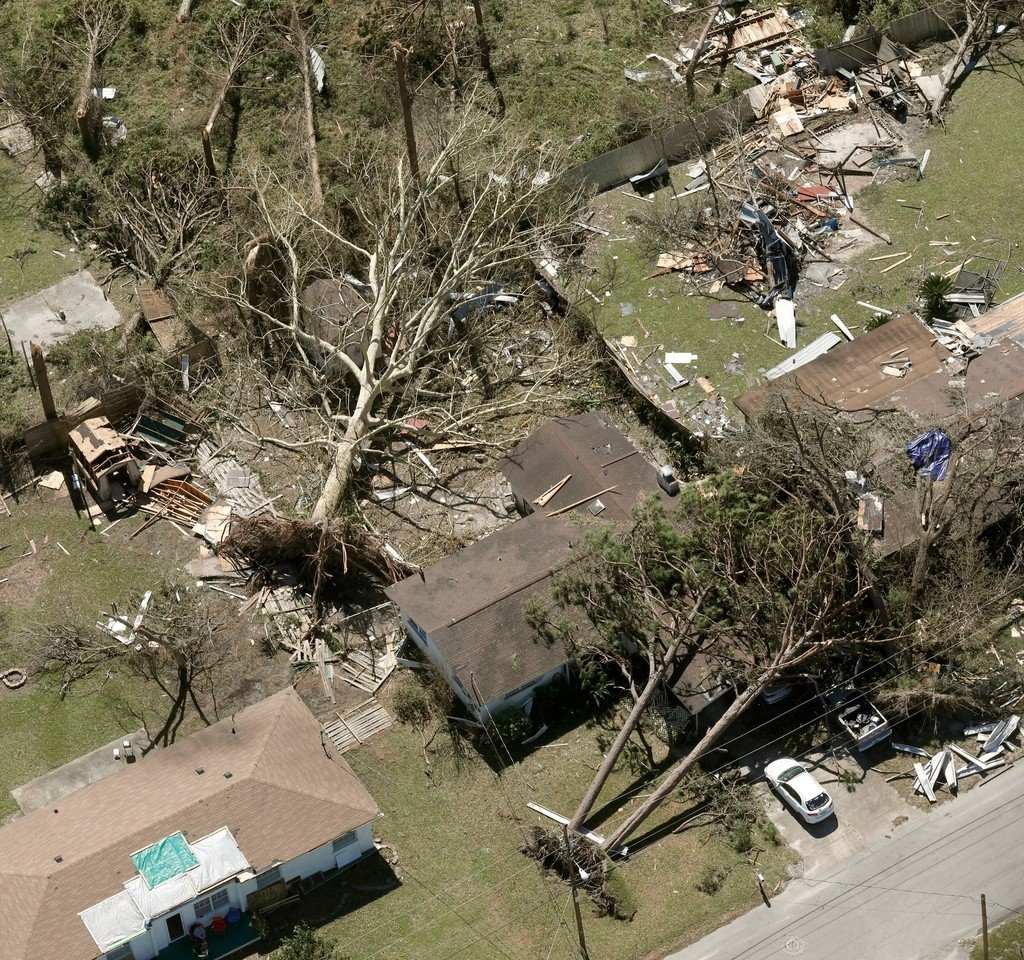
Hurricane Michael was a powerful and destructive tropical cyclone that became the first Category 5 hurricane to make landfall in the contiguous United States since Andrew in 1992. It was the third-most intense Atlantic hurricane to make landfall in the contiguous United States in terms of pressure, behind the 1935 Labor Day hurricane and Hurricane Camille in 1969.
When Hurricane Michael made landfall with a wind speed of 160 mph on Oct. 10, 2018, near Mexico Beach and Tyndall Air Force Base, Florida, it became the first Category 5 storm to hit the United States since Hurricane Andrew and the fourth on record. It’s also the strongest hurricane ever to hit the Florida Panhandle.
Michael’s rapid intensification caught many off guard – it strengthened from a tropical storm to a Category 5 hurricane in just a few days. Hurricane Michael moved into Georgia at Category 3 strength before dissipating to a tropical storm as it made its way through the state and into the Carolinas, leaving behind a trail of destruction resulting in an estimated $25 billion in damage. The storm and its aftermath (which included electrocutions from downed power lines and vehicle accidents on wet roads) claimed 59 lives in the United States. The town of Mexico Beach was essentially wiped off the map, with complete neighborhoods reduced to splinters.
Hurricane Ian (2022) – Florida’s Modern Catastrophe
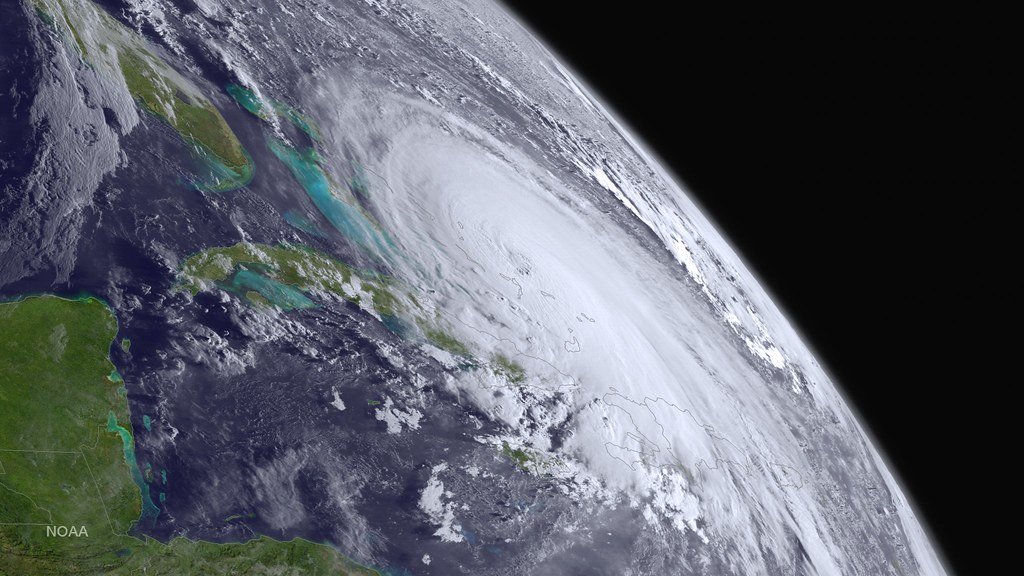
Hurricane Ian was a devastating tropical cyclone which was the third costliest weather disaster on record worldwide. It was also the deadliest hurricane to strike the state of Florida since the 1935 Labor Day hurricane, and the strongest hurricane to make landfall in Florida since Michael in 2018. Ian made landfall near Cayo Costa, Florida, as a Category 4 hurricane with sustained winds of 150 mph.
On January 10, 2023, the National Oceanic and Atmospheric Administration estimated total losses at $112 billion, making Ian the costliest hurricane in Florida’s history, surpassing Hurricane Irma of 2017, as well as the third-costliest in US history, behind only Hurricane Katrina of 2005 and Hurricane Harvey of 2017 respectively. The storm surge was particularly devastating, reaching heights that surprised even veteran meteorologists.
Hurricane Ian made landfall in southwestern Florida, causing extensive damage around Fort Myers and Sanibel Island. The powerful Category 4 hurricane produced a storm surge of up to 12 feet, which caught some residents off-guard. Ian was considered to be the deadliest hurricane to strike the Sunshine State since the 1935 Labor Day Hurricane, with more than 150 fatalities. What made Ian particularly terrifying was how it transformed familiar coastal communities into unrecognizable wastelands in a matter of hours.
Hurricane Ida (2021) – The Gulf Coast’s Latest Nightmare
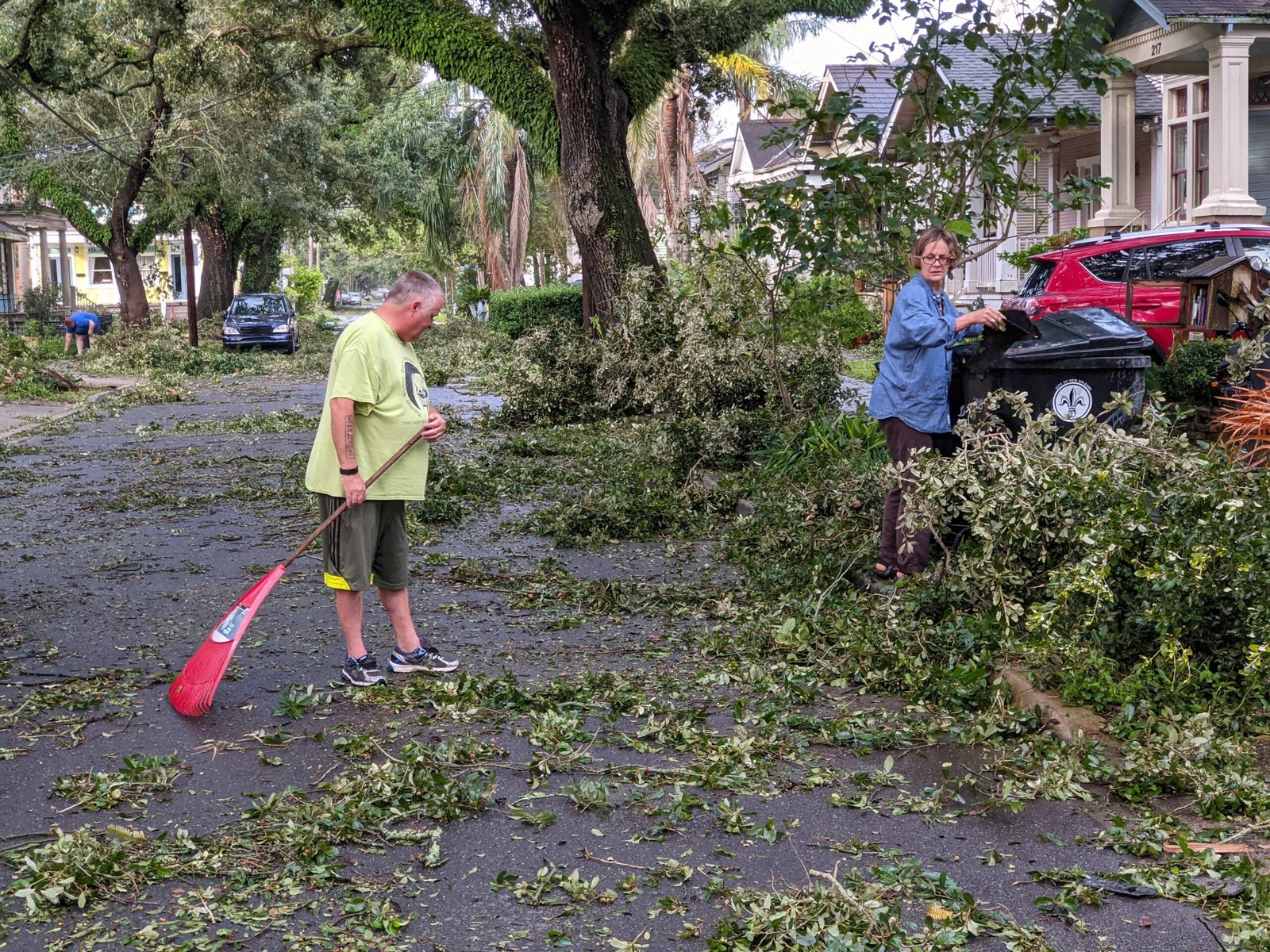
Ida struck Louisiana as a powerful Category 4 storm with sustained winds of 150 mph, south of New Orleans, around Port Fourchon. What made Ida especially significant was its timing – it struck exactly sixteen years to the day after Hurricane Katrina, bringing back painful memories for Gulf Coast residents who had rebuilt their lives after the earlier disaster.
The hurricane caused extensive power outages across the Gulf Coast with between 1-2 million customers left in the dark. Unlike Katrina, New Orleans’ levee system held, but the storm’s power grid damage was extensive and prolonged. The hurricane’s remnants caused extensive flooding and a tornado outbreak, which reached New England. Nearly 100 deaths were reported across nine states.
Ida demonstrated how modern hurricanes can cause cascading failures across multiple states. The storm didn’t just devastate Louisiana – its remnants brought deadly flooding to New York City’s subway system and spawned tornadoes as far north as New Jersey. This geographic spread of destruction showed how climate change is expanding the reach of these powerful storms beyond their traditional boundaries.
Conclusion
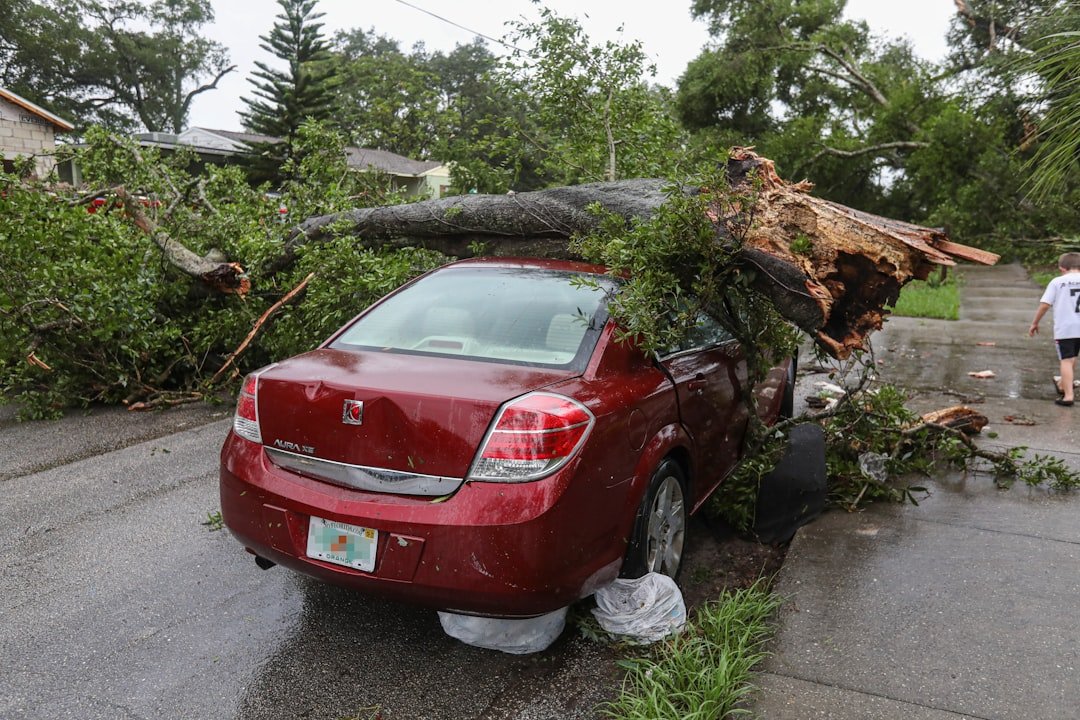
These five hurricanes represent more than just extreme weather events – they’re monuments to nature’s incredible power and humanity’s vulnerability. From Katrina’s levee failures to Maria’s year-long blackout, from Michael’s rapid intensification to Ian’s record-breaking damage costs, and Ida’s multi-state destruction, each storm taught us harsh lessons about preparedness and resilience. What’s truly sobering is that four of these five hurricanes occurred in just the last two decades, with three happening since 2017. This clustering of super-powerful storms isn’t coincidence – it’s a stark reminder that our changing climate is creating conditions for more frequent and intense hurricanes. As we look toward the future, these storms serve as both warnings and teachers, showing us exactly what we’re up against. What do you think will be the next hurricane to join this infamous list?




